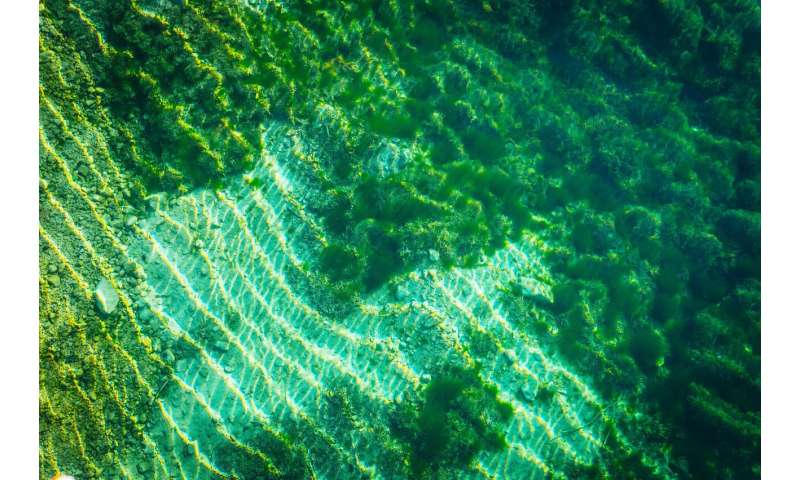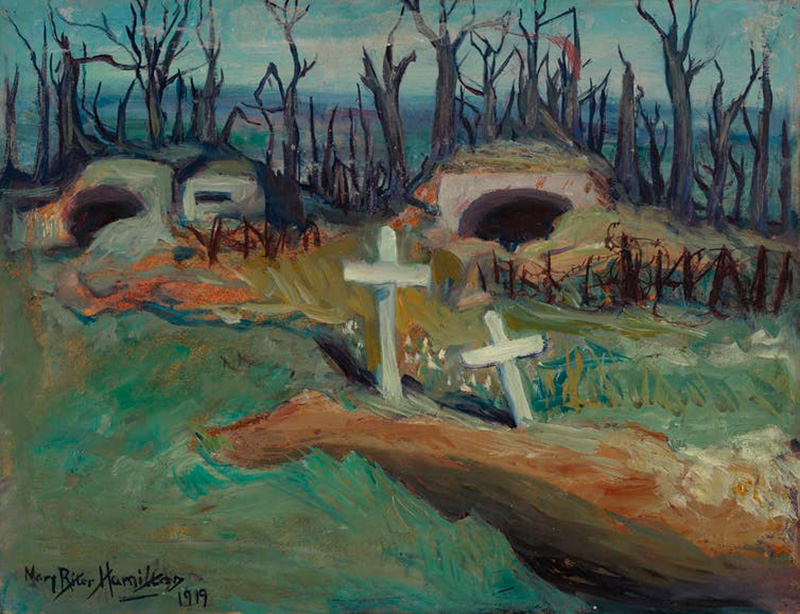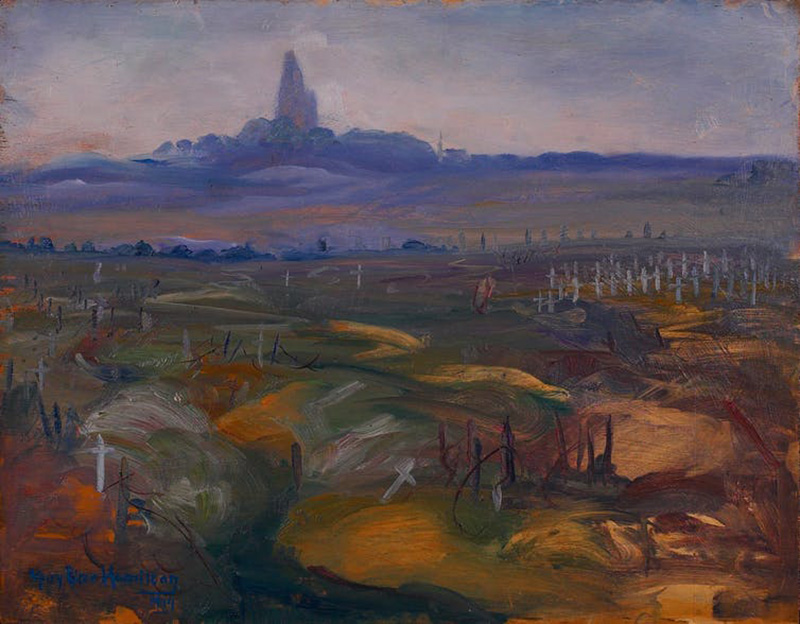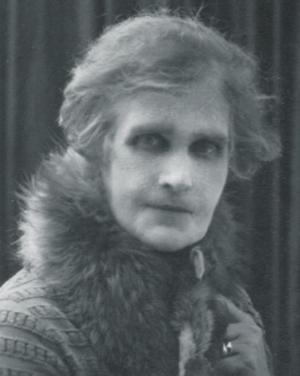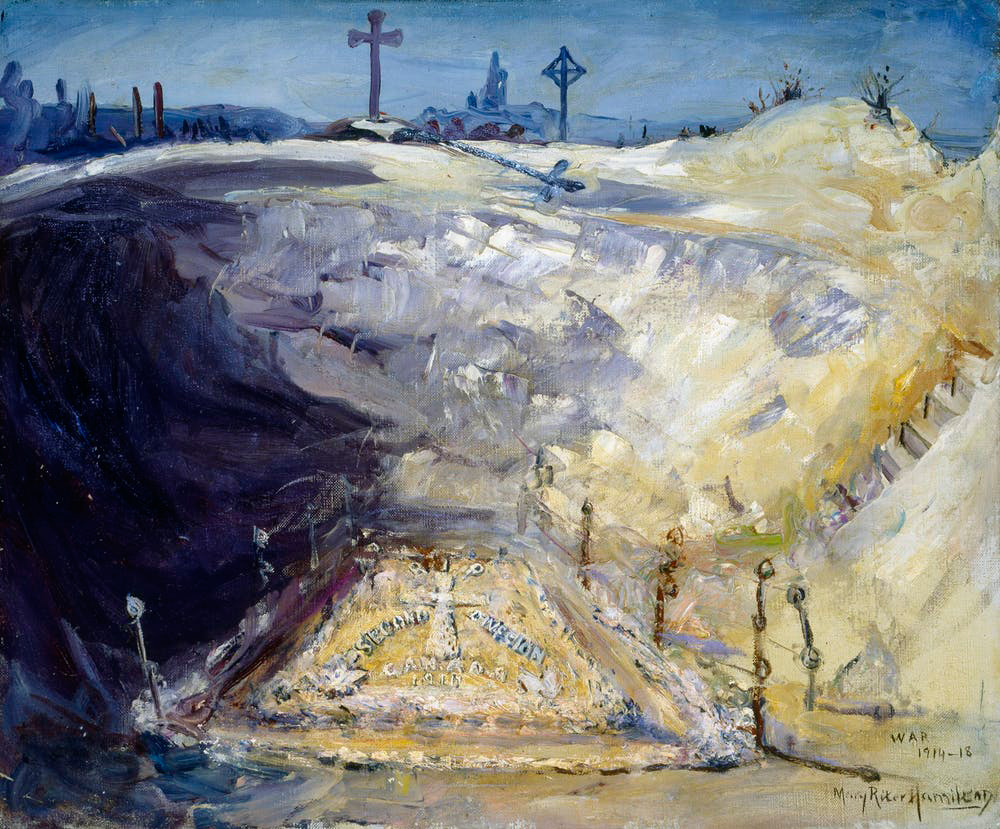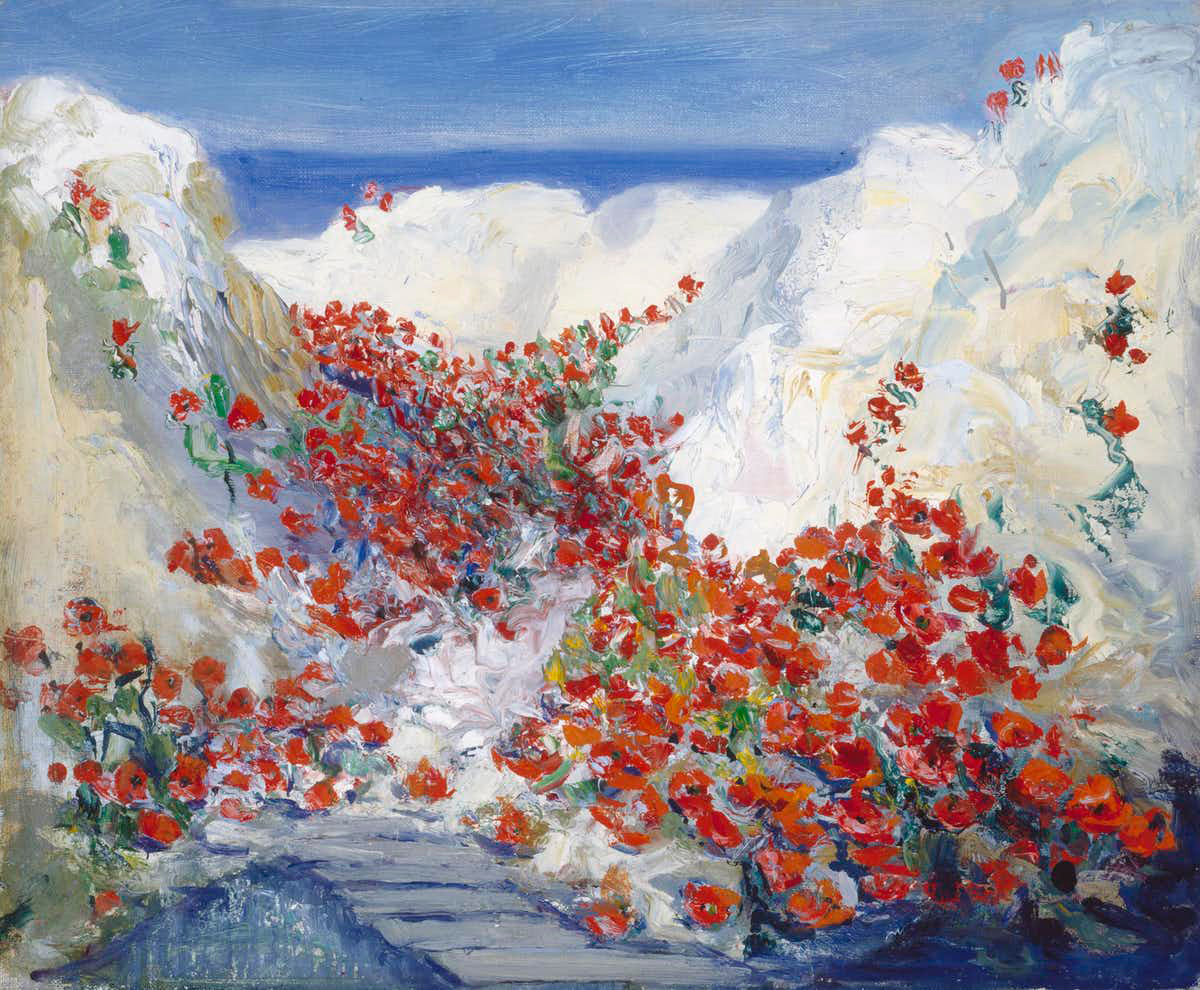by University Health Network
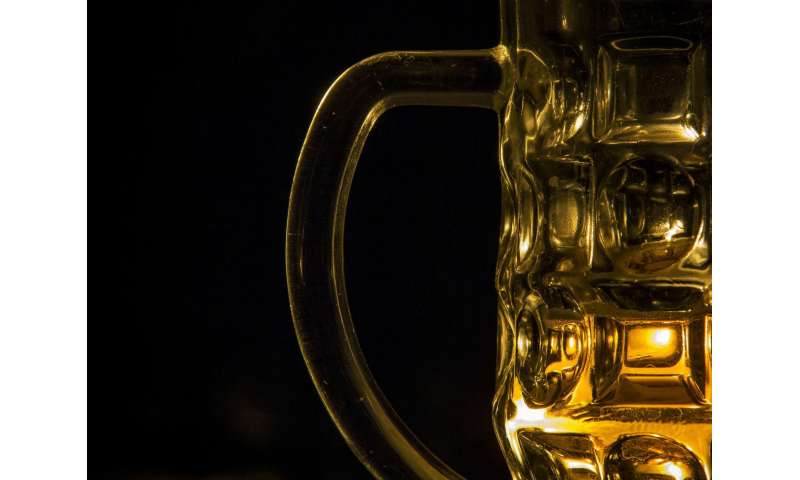
Credit: CC0 Public Domain
A staggering 3 million deaths occur every year as result from harmful use of alcohol, according to the World Health Organization.
Present in alcoholic drinks, ethanol, normally referred to as 'alcohol', affects every part of the human body. Brain function, circulation and even nail growth are impacted. When a certain level of blood alcohol concentration is reached, the intoxication can damage organs and lead to death.
In a study published today in Scientific Reports, a Nature Research Journal, a team of researchers led by Dr. Joseph Fisher presents a proof of concept of a simple method that could become a game-changer in rescue therapy for severe alcohol intoxication, as well as just "sobering up."
Normally, 90% of the alcohol in the human body is cleared exclusively by the liver at constant rate that can't be increased. Currently there is no other method, short of dialysis, whereby alcohol can be removed from the blood. This leaves as the only options to treat life-threatening alcohol levels supportive measures such as giving oxygen, intravenous fluids, breathing assistance, and treating any heart issues with drugs.
The principle behind UHN team's approach is simply to recruit the lungs to breathe out the alcohol. The harder the breathing, it was reasoned, the more alcohol is eliminated. The team found that indeed, hyperventilation eliminated the alcohol at least three times faster than through the liver alone.
"But you can't just hyperventilate, because in a minute or two you would become light-headed and pass out," explains Dr. Fisher, anesthesiologist and senior scientist at the Toronto General Hospital Research Institute (TGHRI).
When hyperventilating—breathing deeper and more rapidly than normal—the body eliminates carbon dioxide from the blood along with the alcohol. The decrease of this gas in the blood is the cause of symptoms such as light-headedness, tingling or numbness on hands and feet, and fainting.
Dr. Fisher and his team used a device that allows the patient to hyperventilate off the alcohol while returning precisely the amount of carbon dioxide to the body to keep it at normal levels in the blood—regardless of the extent of hyperventilation. The equipment is the size of a small briefcase and uses a valve system, some connecting tubes, a mask, and a small tank with compressed carbon dioxide.
"It's very basic, low-tech device that could be made anywhere in the world: no electronics, no computers or filters are required.
"It's almost inexplicable why we didn't try this decades ago," says Dr. Fisher.
This study is the first scientific demonstration that the basic rate of alcohol elimination could be substantially exceeded by using hyperventilation.
This study is a proof of concept performed in the laboratory with volunteers. The authors recommend following up with further validation studies to understand how this technology could be applied in a clinical setting.
Explore further
A staggering 3 million deaths occur every year as result from harmful use of alcohol, according to the World Health Organization.
Present in alcoholic drinks, ethanol, normally referred to as 'alcohol', affects every part of the human body. Brain function, circulation and even nail growth are impacted. When a certain level of blood alcohol concentration is reached, the intoxication can damage organs and lead to death.
In a study published today in Scientific Reports, a Nature Research Journal, a team of researchers led by Dr. Joseph Fisher presents a proof of concept of a simple method that could become a game-changer in rescue therapy for severe alcohol intoxication, as well as just "sobering up."
Normally, 90% of the alcohol in the human body is cleared exclusively by the liver at constant rate that can't be increased. Currently there is no other method, short of dialysis, whereby alcohol can be removed from the blood. This leaves as the only options to treat life-threatening alcohol levels supportive measures such as giving oxygen, intravenous fluids, breathing assistance, and treating any heart issues with drugs.
The principle behind UHN team's approach is simply to recruit the lungs to breathe out the alcohol. The harder the breathing, it was reasoned, the more alcohol is eliminated. The team found that indeed, hyperventilation eliminated the alcohol at least three times faster than through the liver alone.
"But you can't just hyperventilate, because in a minute or two you would become light-headed and pass out," explains Dr. Fisher, anesthesiologist and senior scientist at the Toronto General Hospital Research Institute (TGHRI).
When hyperventilating—breathing deeper and more rapidly than normal—the body eliminates carbon dioxide from the blood along with the alcohol. The decrease of this gas in the blood is the cause of symptoms such as light-headedness, tingling or numbness on hands and feet, and fainting.
Dr. Fisher and his team used a device that allows the patient to hyperventilate off the alcohol while returning precisely the amount of carbon dioxide to the body to keep it at normal levels in the blood—regardless of the extent of hyperventilation. The equipment is the size of a small briefcase and uses a valve system, some connecting tubes, a mask, and a small tank with compressed carbon dioxide.
"It's very basic, low-tech device that could be made anywhere in the world: no electronics, no computers or filters are required.
"It's almost inexplicable why we didn't try this decades ago," says Dr. Fisher.
This study is the first scientific demonstration that the basic rate of alcohol elimination could be substantially exceeded by using hyperventilation.
This study is a proof of concept performed in the laboratory with volunteers. The authors recommend following up with further validation studies to understand how this technology could be applied in a clinical setting.
Explore further
More information: Scientific Reports (2020). DOI: 10.1038/s41598-020-76233-9
Journal information: Scientific Reports
Provided by University Health Network
